From a sleek couch in the Culver City headquarters of the salad empire known as sweetgreen, on an afternoon in modern day Los Angeles, I’m trying to conjure the picture Nicolas Jammet is painting for me—a scene ten years behind us and some three thousand miles away. “We got a bunch of friends together in our senior house and we tested the salads,” he says. Obviously, there’s a mental discord; when Jammet, one-third of the founding team behind salad fast casual powerhouse sweetgreen, recounts this night at Georgetown University, I think back to the get-togethers my friends and I had in college. I remember a lot of Bud Light. I remember some bad takeout from the local greasy spoon. I do not, under any circumstances, recall anything resembling the salad party he’s describing, despite the fact that we were in school around the same time. In fact, I believe the healthiest option in my dining hall was some kind of caesar salad drowning in dressing with more crouton than crisp greens.
But that is exactly the kind of thing that inspired Jammet and his two college-buddies-turned-business partners, Jonathan Neman and Nathaniel Ru, to create sweetgreen. When the trio met, it was clear each of their motivations stemmed from a shared entrepreneurial spirit. They had been turning over some of the dilemmas facing their co-ed contemporaries and wondering what they might be in a position to solve. What they settled on was a subject of far greater concern to most college kids than any Western Civ class: food.
But specifically, they were thinking about food that had slightly higher nutritional value than the meals my friends and I were scarfing down on Saturday nights. Ru remembers, “When you think about healthy food, especially back in 2007, it was expensive and it was complicated. With sweetgreen, we had this idea of making that easier.”
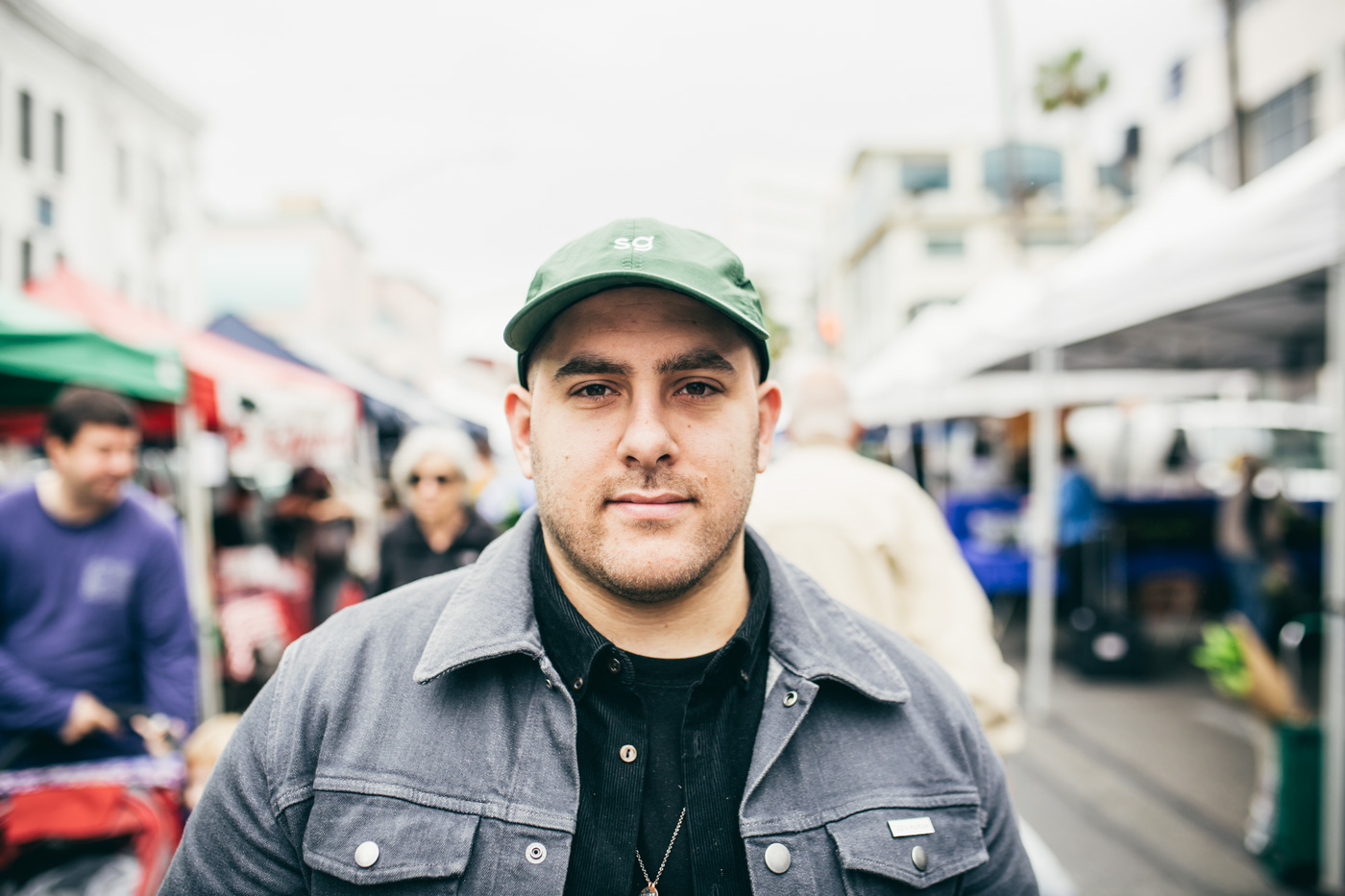
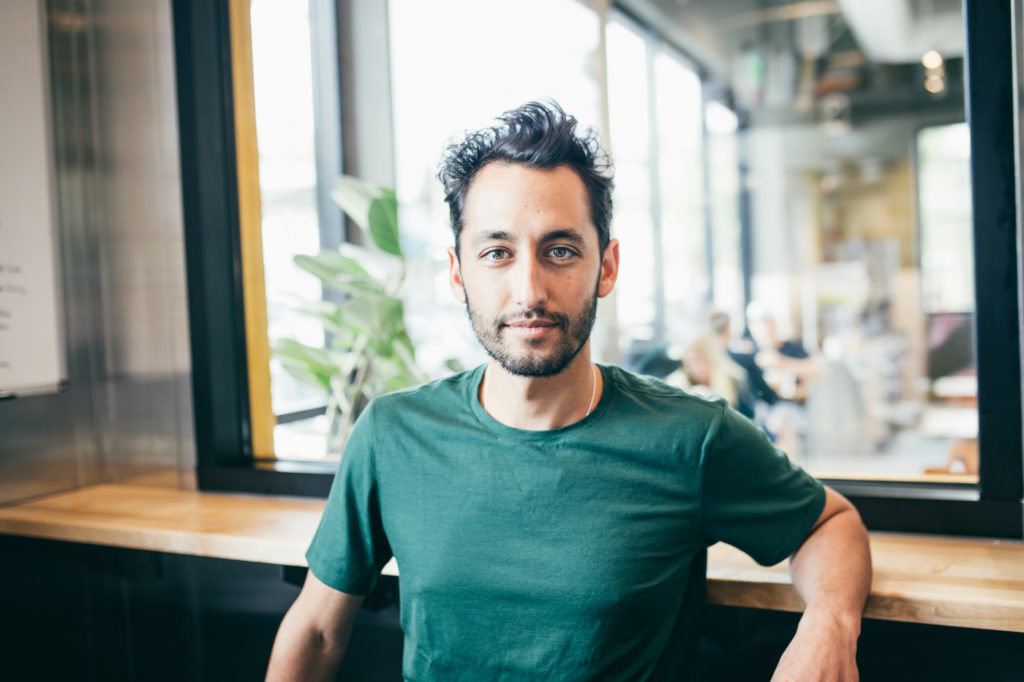

The dorm room experimentation Jammet references today was part of a menu development effort by three men who—save for Jammet, whose family business was an “old school” French restaurant in upstate New York—had very little culinary experience. It was a perhaps unusual way to start a food business—but then their company came about in an unusual time for food.
A build-your-own salad experience may have sounded like a suicide mission to some in 2007—lest we forget, this an era in which American consumption of bacon spiked by nearly twenty-five-percent—but they sensed the world was on the cusp of change. Not only were consumer behaviors destined to move toward self-care and social consciousness, but new technological tools were becoming available and adopted by businesses of all kinds. Opening a food service concept would come to rely as much on strategy and smart execution as it did on any secret sauce.
And the world of healthy food may have been complicated, but when they launched their first sweetgreen “pop-up” in that D.C. dorm room, their concept was not. “Originally, the idea was pretty simple: How do you connect people to real food?” Ru postures. “That’s still our mission today.”
When I meet the founders, they’ve come more than just those physical miles from Georgetown’s campus. Ten years later, they have seventy-three restaurants in eight cities (after D.C., they opened Philly, New York City, Boston and then moved on out West)—each one a platform on which to reach new people with new food, new flavors, and new methods of technology in the increasingly digital age.
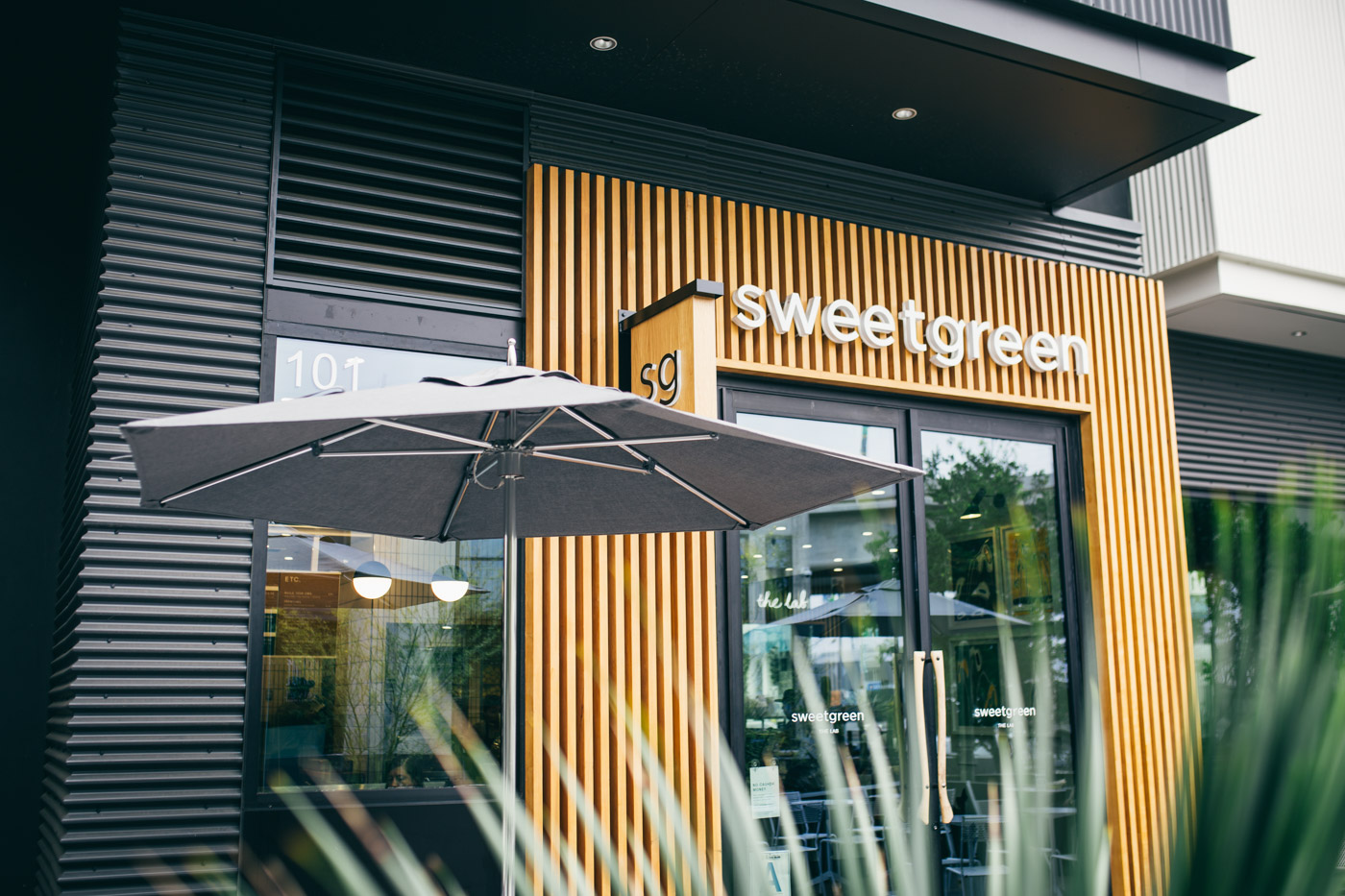
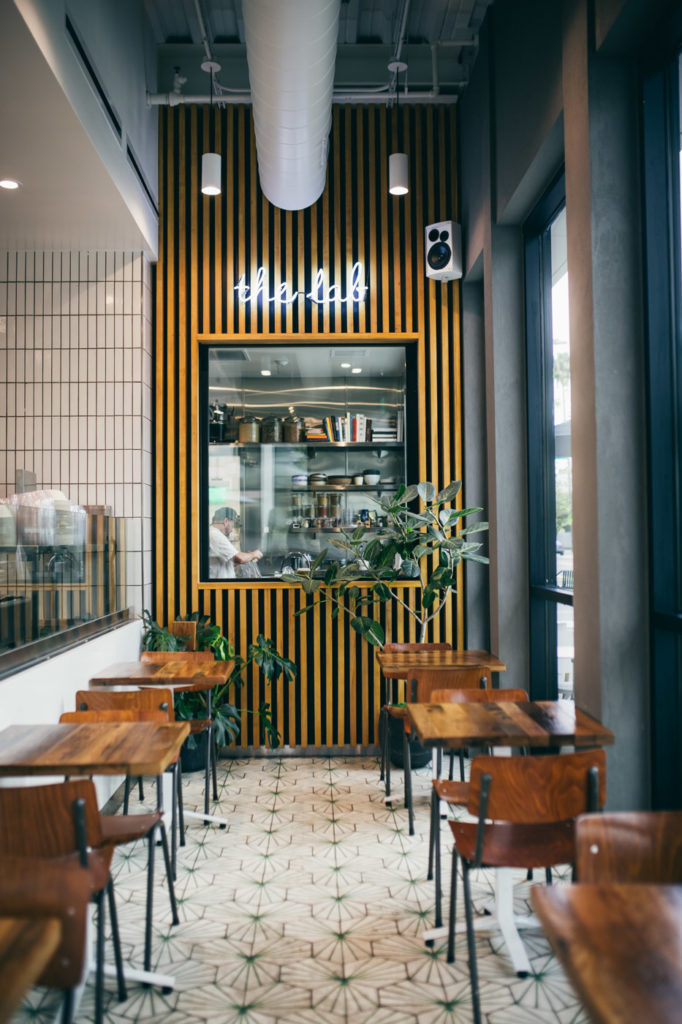
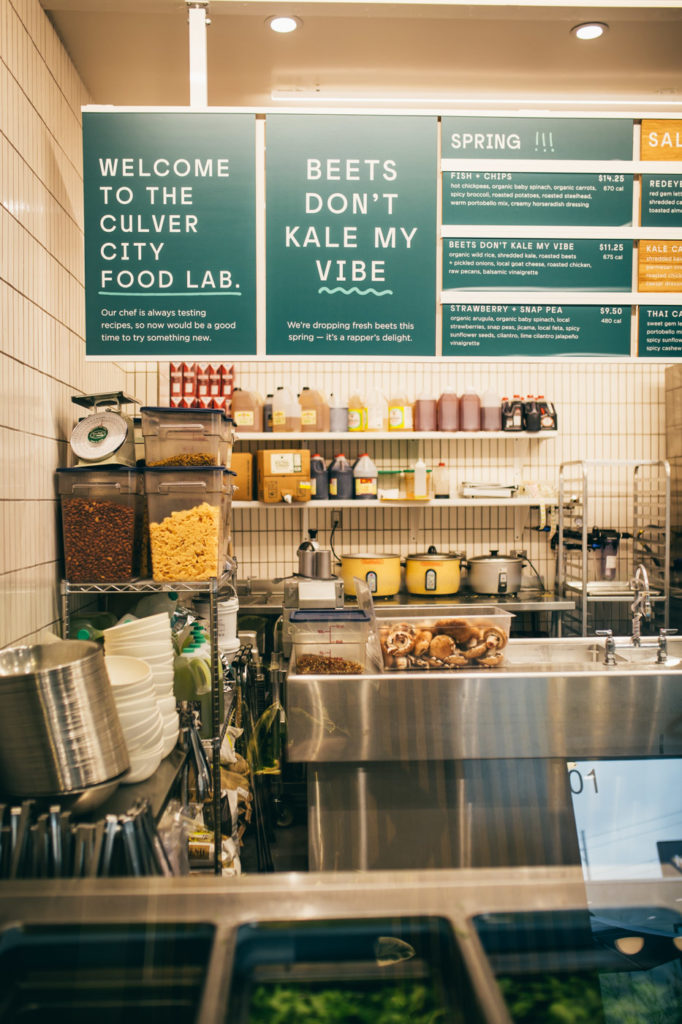
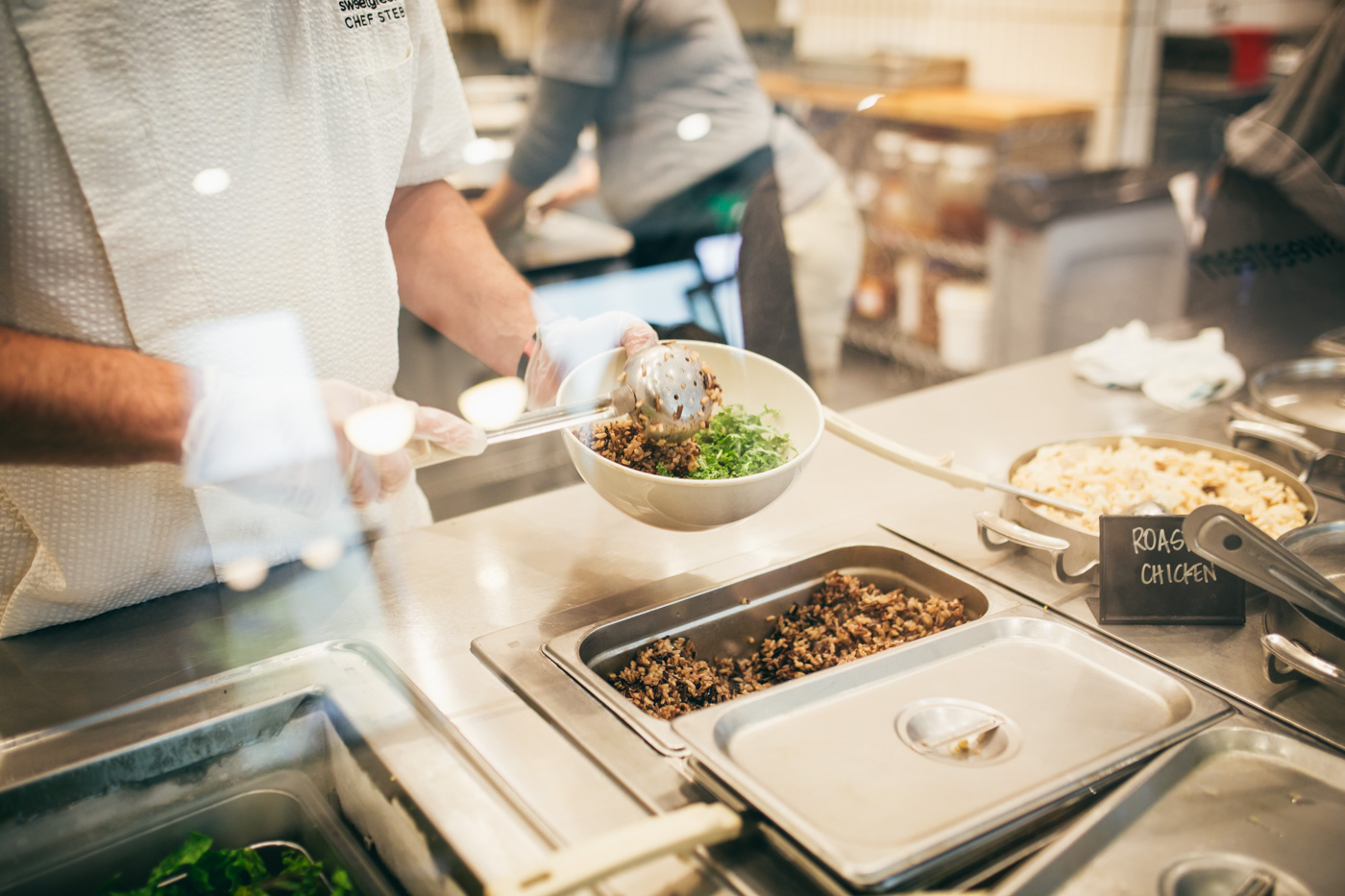
——
2007 was the year the iPhone was released. It was still socially acceptable not to have a social media presence, and Facebook had only just ceased requiring a college email address the year prior. Hyper-connectivity wasn’t commonplace, and seasonality was a heady concept mostly embraced mostly by elite restaurants in big cities. We were still ages away from the access we have now—to people, to information, to places to the brands we patronize—and from the handheld device, with all its many attention-devouring apps, playing a major role in the way we feed ourselves.
While the idea of a salad-centric, health-focused, fast casual concept may have been forward thinking for the time, opening the doors wasn’t so different from any traditional restaurant. Ru remembers, “We opened our first location—which is 560 square feet—on M street in D.C. with a simple menu and worked the restaurant every day.”
But they quickly learned the real challenge wasn’t just in running a single successful restaurant, but delivering on their larger mission—being that conduit between customers and “real food.” Farmers markets weren’t exactly on every corner, Jammet explains of the early supply chain. “In the beginning it was about finding awesome farmers and ingredients at the market and connecting with them. Then it was, ‘Alright, how can we afford this?’”
And then there was the final question of actually getting from the farm and market to their door. That wasn’t as much of a hurdle for a single restaurant, but as they expanded into multiple locations, the founders realized it would require a larger system, one that didn’t exist yet. They would have to be the ones to build it—and they’d have to do it while simultaneously supplying and operating their growing group of restaurants.
That growth initially allowed sweetgreen to offer reliability and commitment to farmers, but it also presented new challenges, like potentially outgrowing those relationships. Some were large enough to accommodate the company’s increasing demands, but for many it was a leap of faith. “We realized that when you connect with the right farmers and producers and growers who had the ambition to grow their business and really wanted a partner like sweetgreen, who could plan out their year ahead of time and know what they were planting, know what they were going to harvest, know that they had a trusted buyer at a price that made sense for their business—that that was pretty desirable thing for these farmers and growers,” Jammet acknowledges.
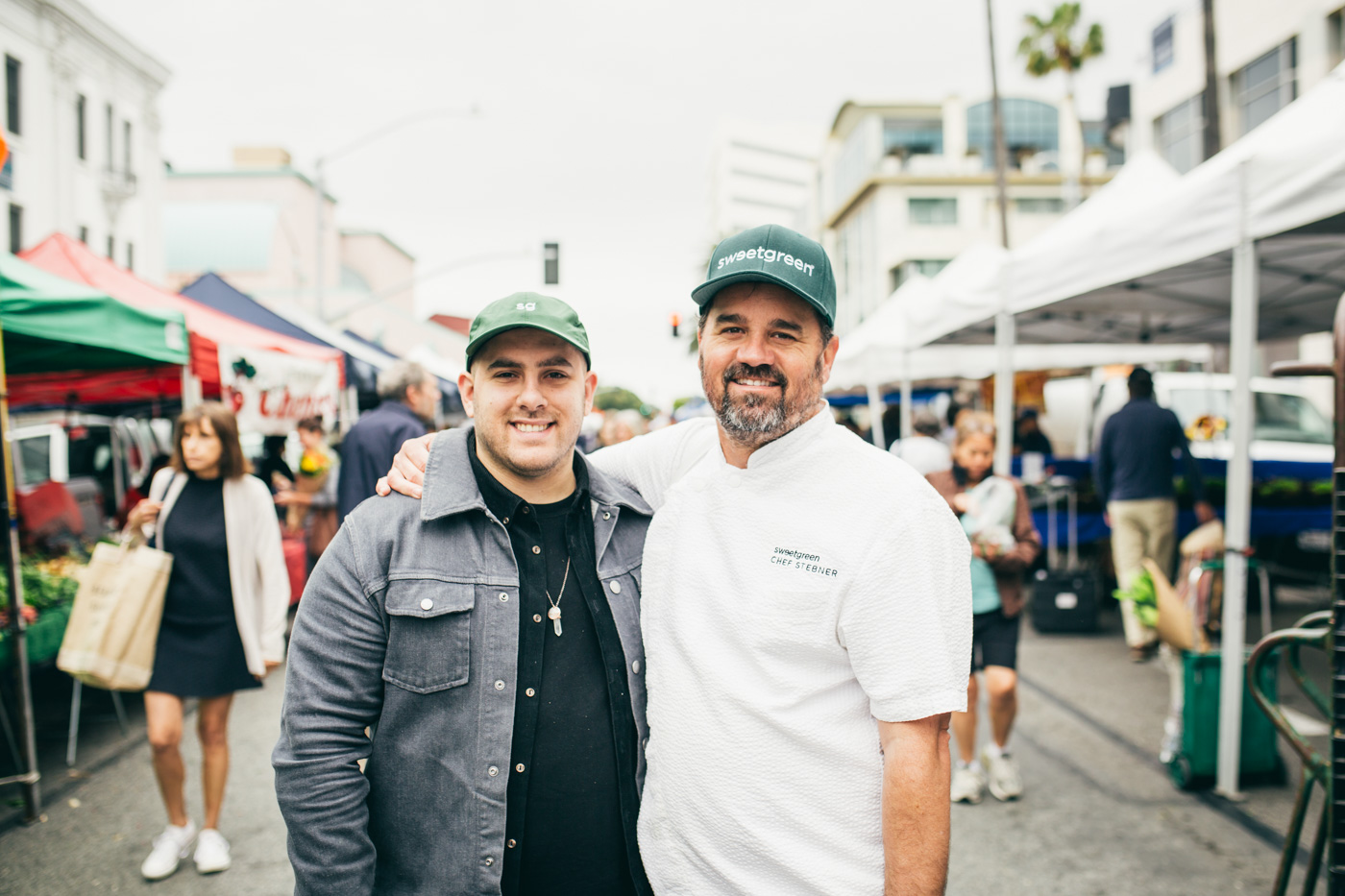

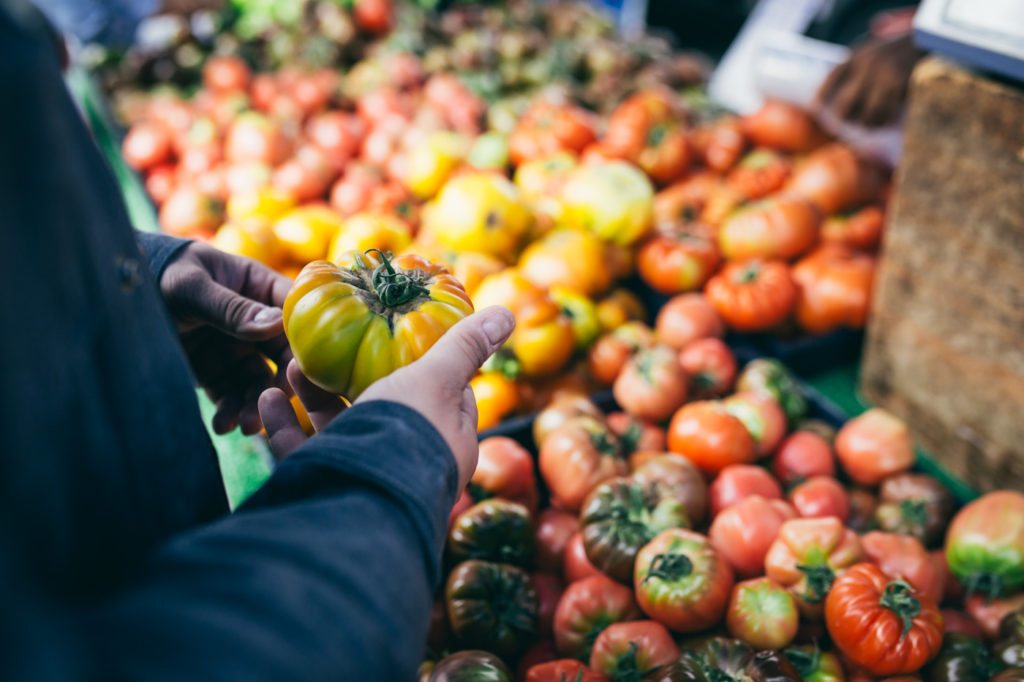
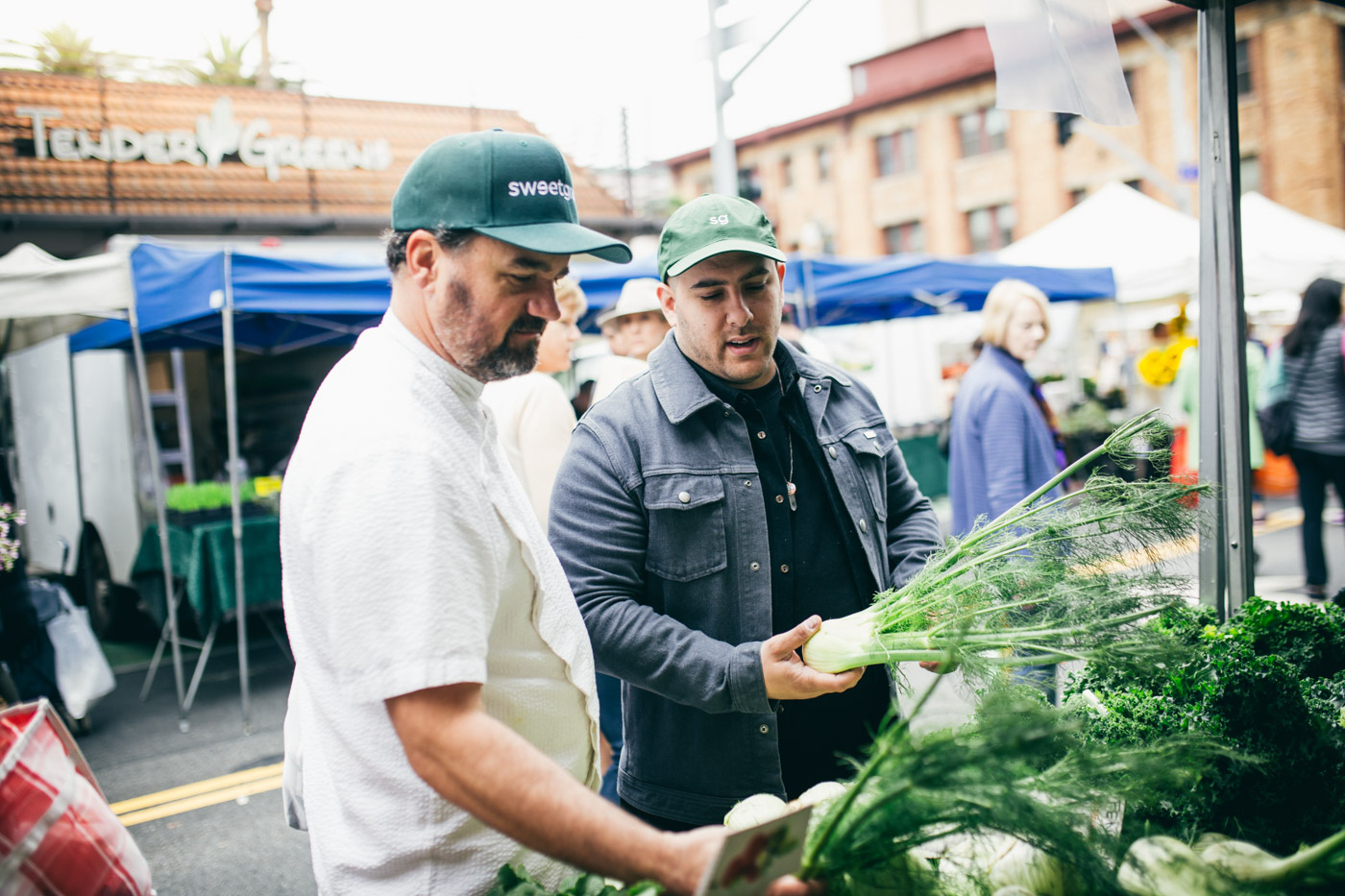
Creating those well-founded relationships was something they knew they couldn’t risk compromising by hastily moving into new markets; identifying farms and partners well in advance—as well as what they grow and produce—has become an integral part of their business development and diligence process. Neman explains what that means for their menu: “We built our menu that way; it’s relationship first, and then build the menu off of that.”
Seasonally rotating offerings may not seem particularly novel for diners these days, but for a large-scale, multi-region, and multi-location operation, it’s a different animal. Er, vegetable. Compromises were inevitable—like in the case of one perennial summer staple, a peach and goat cheese salad, when a farmer reported a shortage of the fruit. “It’s one of our best sellers,” Ru says. “But instead of going somewhere else to get peaches, our head of food and beverage asked what else was growing in the area. He found there were great local blueberries and strawberries.” And so, customers were treated to the berries and goat cheese salad instead.
In the end, the edited salad was just as popular as the original, but sweetgreen credits including customers in on the decision as part of its success. Storytelling, as much as salad making, is at the core of of the sweetgreen business model. They create narratives around the selections they make—like opting for the more sustainable steelhead trout over more commonly known salmon—by telling stories rather than simply swap out menu titles.
They consider transparency and education to be critical pieces of the sweetgreen puzzle, particularly as the food landscape has evolved over the last ten years. Being a bridge between people and real food hinges on having attention, and that requires cultivating a meaningful connection with consumers by presenting information in dynamic, engaging ways. More than just being a square meal, the brand aims to become a part of their customers’ lives and communities. They host music festivals. They collaborate with chefs local to the area. And they intend to bring customers along for every ride.
Neman says, “We take both a scientific approach and tell them why and what’s happening, and we also take a fun and emotional approach, whether it’s a collaboration we do with a famous chef or musician, or it’s some way of using cultural relevancy to create the fun approachability for the product. It’s both ends; the style and substance that has to come together to create a really great message and story.”
“We don’t want to be a brand that is telling you what you should do and what you shouldn’t do,” Ru continues. “Come on the journey with us. We are still learning, so there probably will be some mistakes, or at least things we find out together; but you can trust that we’re being transparent.”
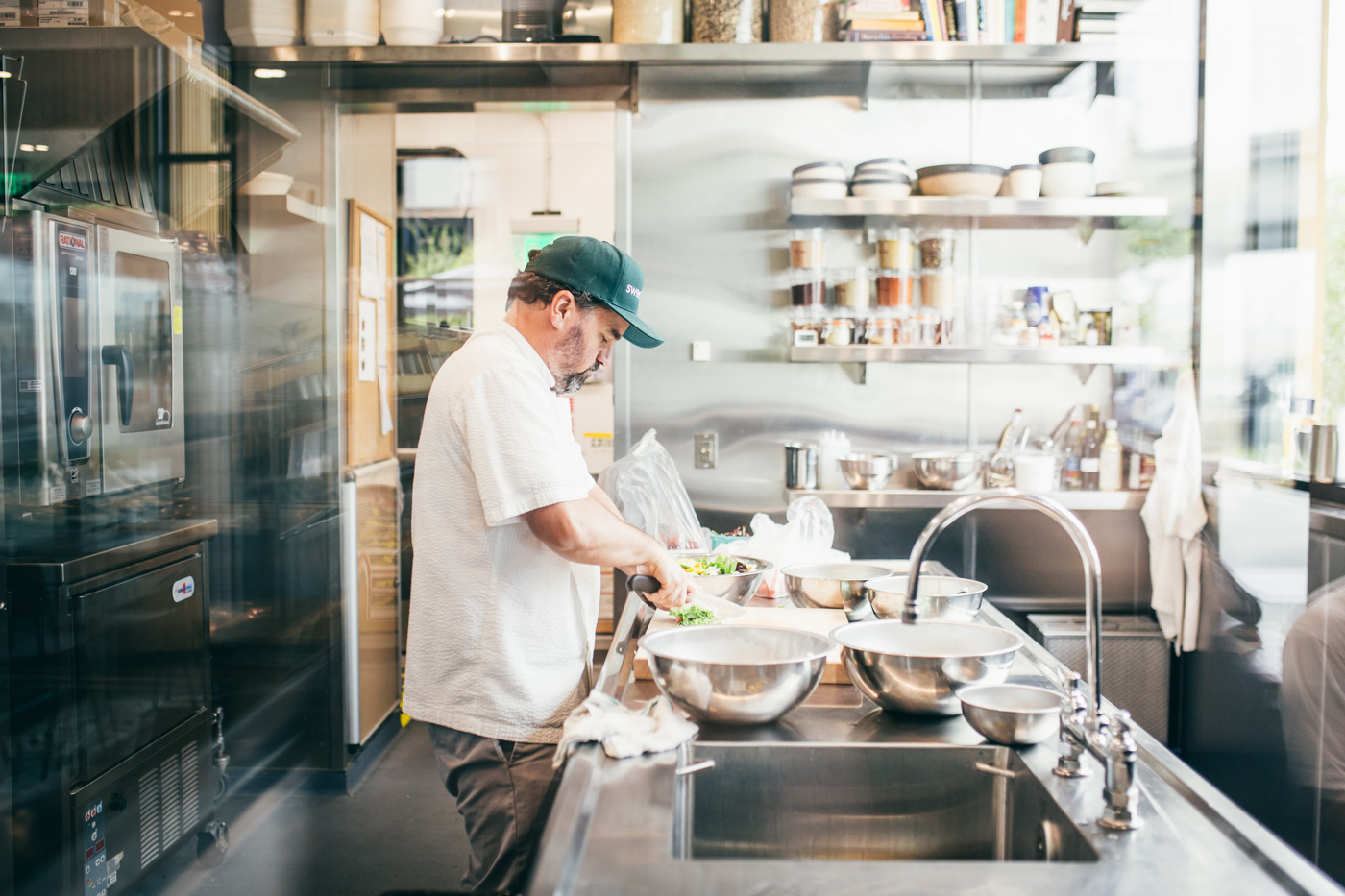
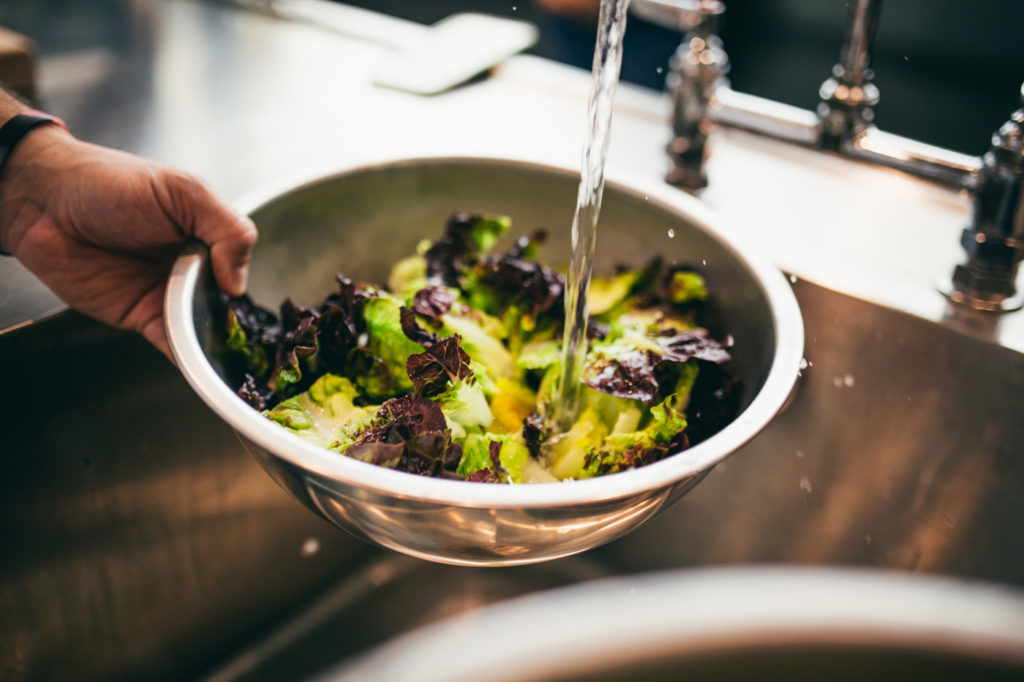

In some ways, that transparency is quite literal. In the restaurants, walls are absent between the prep area and the customer ordering stations. “So you see that this is not coming out of a bag, we are prepping everything from scratch every single day. We are making the dressings. We are making the drinks. It’s not some mystery; you see the people,” Neman says.
Those decisions address how to connect with customers in a tangible kind of way; understanding new technologies as a way to enrich that relationship is something sweetgreen is constantly tinkering with. “For us, the goal of technology is to connect deeper with people, whether that’s our team members, our customers—and the idea is not to replace human connection, but to enhance it,” Neman explains. Their app offers information for consumers—like nutritional information and new or seasonal additions—but also data for the company, giving a glimpse into how people are customizing their orders. “We start to understand how people change around salads, how one customer goes through their journey.”
But there is a tension between the analog and the digital—between appetites for convenience and experience. The sweetgreen app allows customers to order their meals ahead and simply swing by and collect the ready-made package without ever engaging with an employee. That scenario is meant to be a convenience offering to the customer, however it does seem to inherently clash with a company mission that places so much emphasis on personal interaction.
“People want different things at different times, potentially from the same brand,” Neman says. “There are times when you don’t want to talk to anyone; you just want to run in and pick it up. And then [there are]times when you do want to go out, you want to touch, and you want to smell. I think that’s the future of brands that do it well. They’ll be able to do both.”
When it comes to the future of such brands, of course, the markets that tend to see benefits are major metro areas—the ones primed not only to embrace the company’s ethos, but to pay the premium for their product. But can a concept like sweetgreen, which has the potential to benefit communities all over the country, be as ubiquitous and accessible as something like, say, the golden arches?
Neman says, “It’s definitely part of the vision to be able to democratize this and be everywhere. In terms of being able to do it, it’s about creating the demand, and that’s why the storytelling is so important. We have to first tell the stories and get people to understand why it’s important, and then we will be there.”
And as cost continues to dominate conversation about making healthy food accessible in a scalable way, sweetgreen is mindful of that moving target. “For us it’s about creating an equal balance between being able to pay our farmers and producers a price that is fair and sustainable for their business, being able to pay our team members a price that they can live off of and really being compensated for their work, and then be able to create a price that lets our customers come with a certain frequency,” Jammet explains. “Our job is all about creating a delicate balance between those three things.”
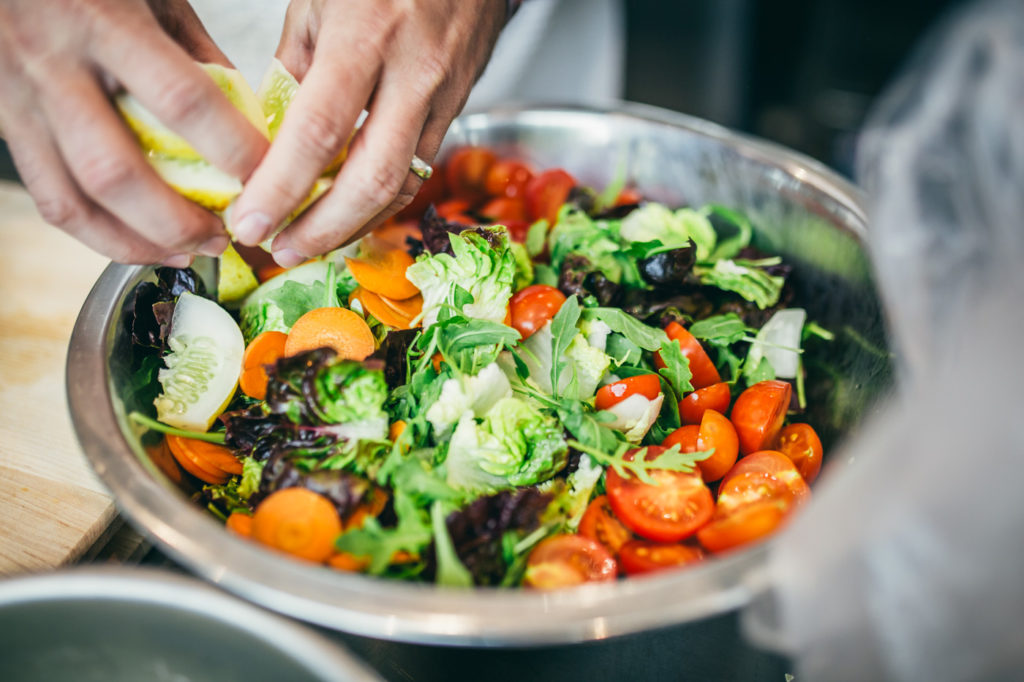
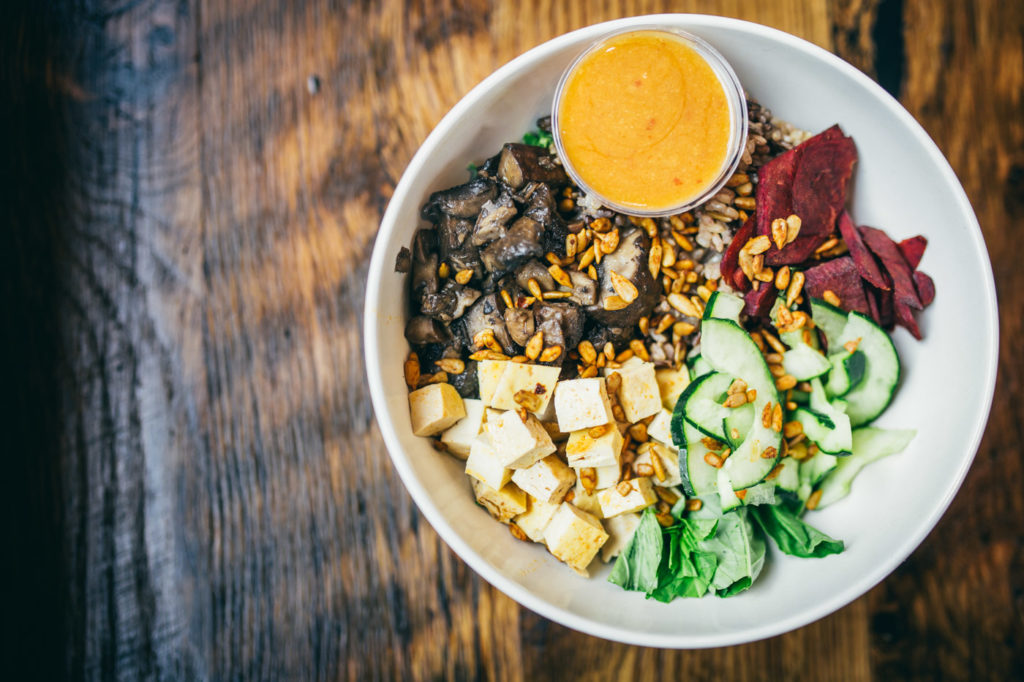
Today, the scale has changed dramatically, but the company tries to stay true to its original commitments—not only for the success of their own business and the ones with which they work, but to demonstrate something previously thought not possible, and continue to be the trailblazers that they’ve been for the last ten years, for future decades. “Our focus is to prove the model that a business can buy that kind of food at scale,” Jammet says. “And once we do that, it creates a whole other world of buyers which creates a whole other world of farmers.”
“It’s using our business to have a positive impact in the world—being an example of how you can use your core business to solve societal issues,” Neman continues of the company’s belief in corporate consciousness—implemented on a daily basis, in every transaction and every relationship. “Not old school, corporate social responsibility of go make money and then donate it; actually do good by doing business.”
On my way out, I stop to pick up a salad from the sweetgreen test kitchen and restaurant downstairs at their headquarters, and I notice the amount of customers who appear to be college-aged. I consider this group, who comprise the very near future of our country, and what they’re consuming today—both in the classroom and in the cafeteria. Thanks to efforts like those of sweetgreen, nourishment is available to them not just physically through access to honest, real, identifiable food, but also mentally—their education and understanding of the world fortified beyond the institution in which they study, through a connection to the products they consume and the companies they patronize. Regardless of what develops in the future—in business, in technology, in cuisine—that certainly seems like a recipe for promising growth.





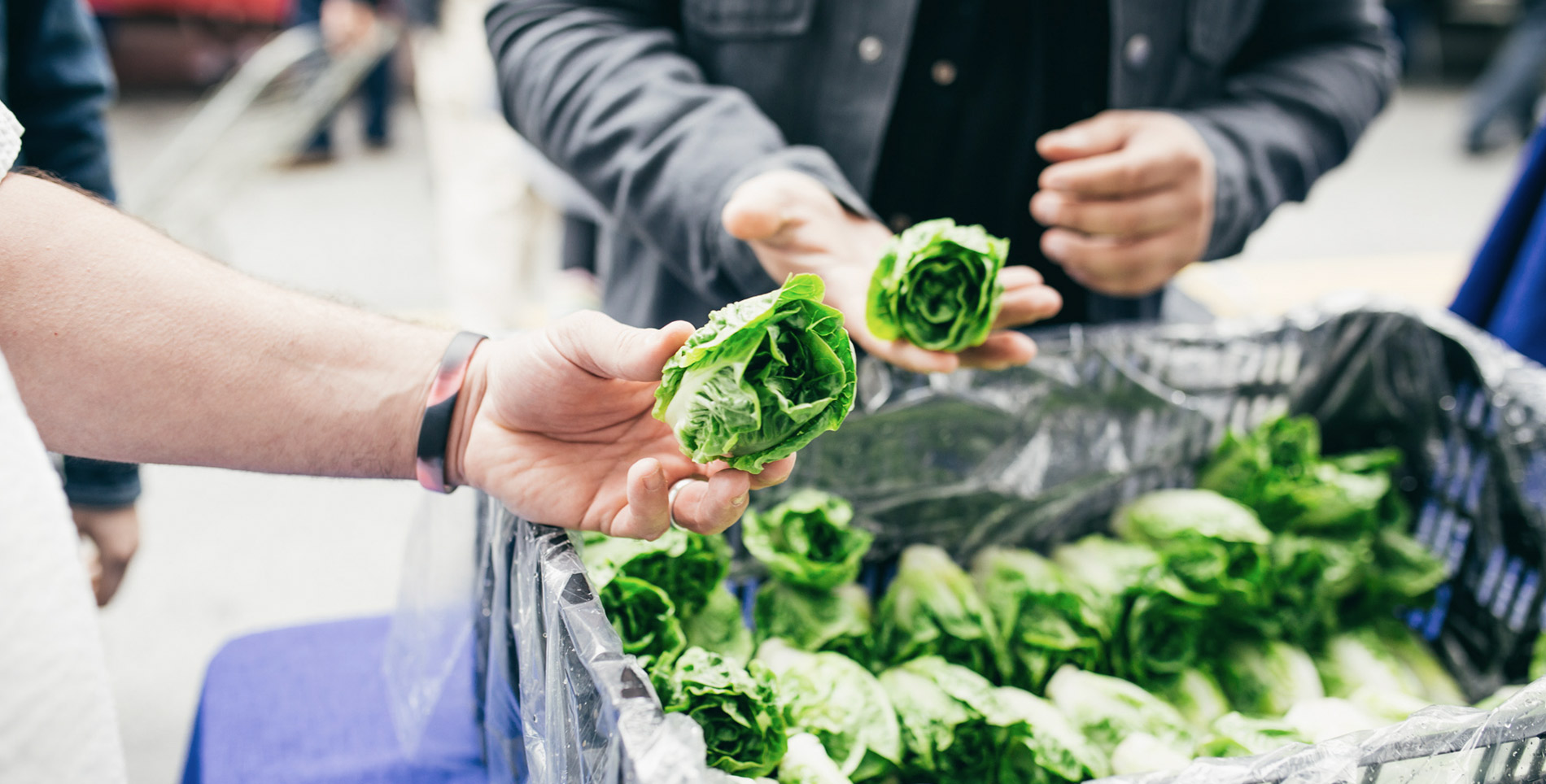

Our comments section is for members only.
Join today to gain exclusive access.